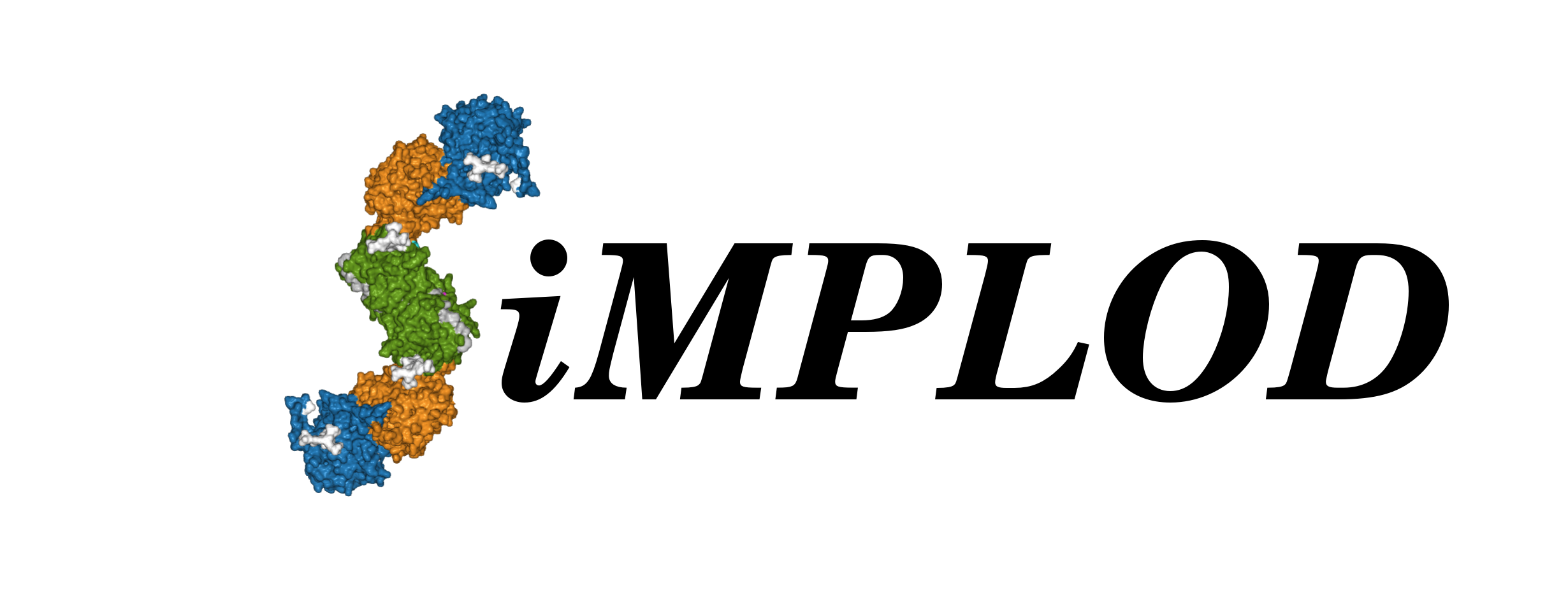 About
Contact
References
Structures
Adv. Search
Stats
Demo
About
Contact
References
Structures
Adv. Search
Stats
Demo
| LH1 ARG718ALA | ||
| SiMPLOD ID |
SiMPLOD1-56 | |
| Isoenzyme |
Lysyl Hydroxylase 1 (human) - UniProt - Full Info | |
| Mutation type |
Mutation for Biochemical Studies (not necessarily related to observed polymorphisms) | |
| Evidence at protein level |
This variant EXISTS at the protein level: published experimental data support its existence as protein product. | |
| LH Activity |
- | References |
Passoja et al., 1998 - DOI - PubMed | Notes from publications |
Passoja et al. identified the residues involved in 2-OG binding through mutagenesis approach. Arg718Ala mutation completely inactivated lysyl hydroxylase causing a 10-fold increase in the Km for 2-OG. This is consistent with our structural observations where Arg718 (extremely conserved throughout human PLOD) forms a bidentate interaction with the C-5 carboxyl group of 2-OG. Please note that in this reference aminoacid numbering differs from the one used in this database. |
| Structural Observations |
Stabilizes 2-OG in LH catalytic site |
|
| Related Entries |
SiMPLOD1-884: LH1 ARG718HIS (SNP) SiMPLOD3-377: LH3 ARG729CYS (SNP) | |
| Last Update |
2021-06-23 08:38:51 | |
|
The three-dimensional visualization is currently based on the homology model of full-length, dimeric human LH1 (generated using the crystal structure of full-length human LH3 as template). You may select a different PDB model file to visualize the mutation(s) using the drop-down menu below (page will refresh): |
||
Thank you for using SiMPLOD - Created by Fornerislab@UniPV Follow @Fornerislab - Last curated update: 1970-01-01 00:00:00
We truly hate messages and disclaimers about cookies and tracking of personal info. But don't worry, we don't use any.